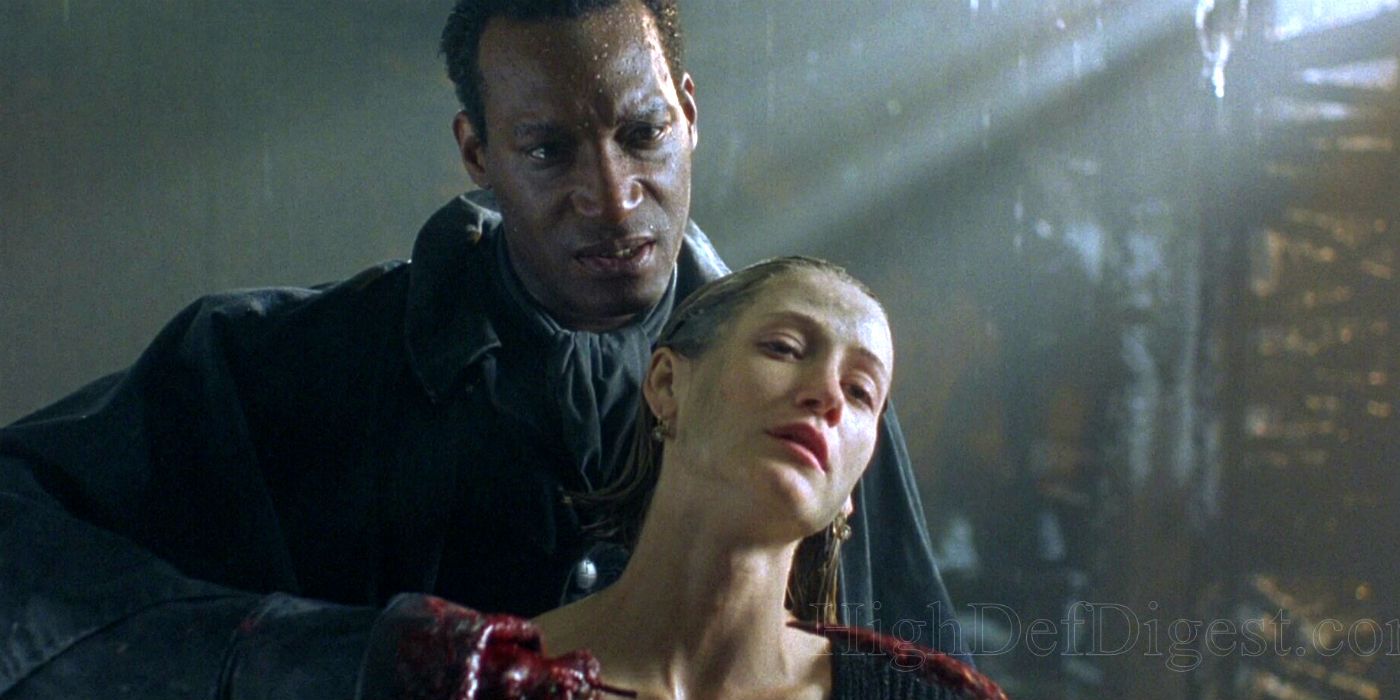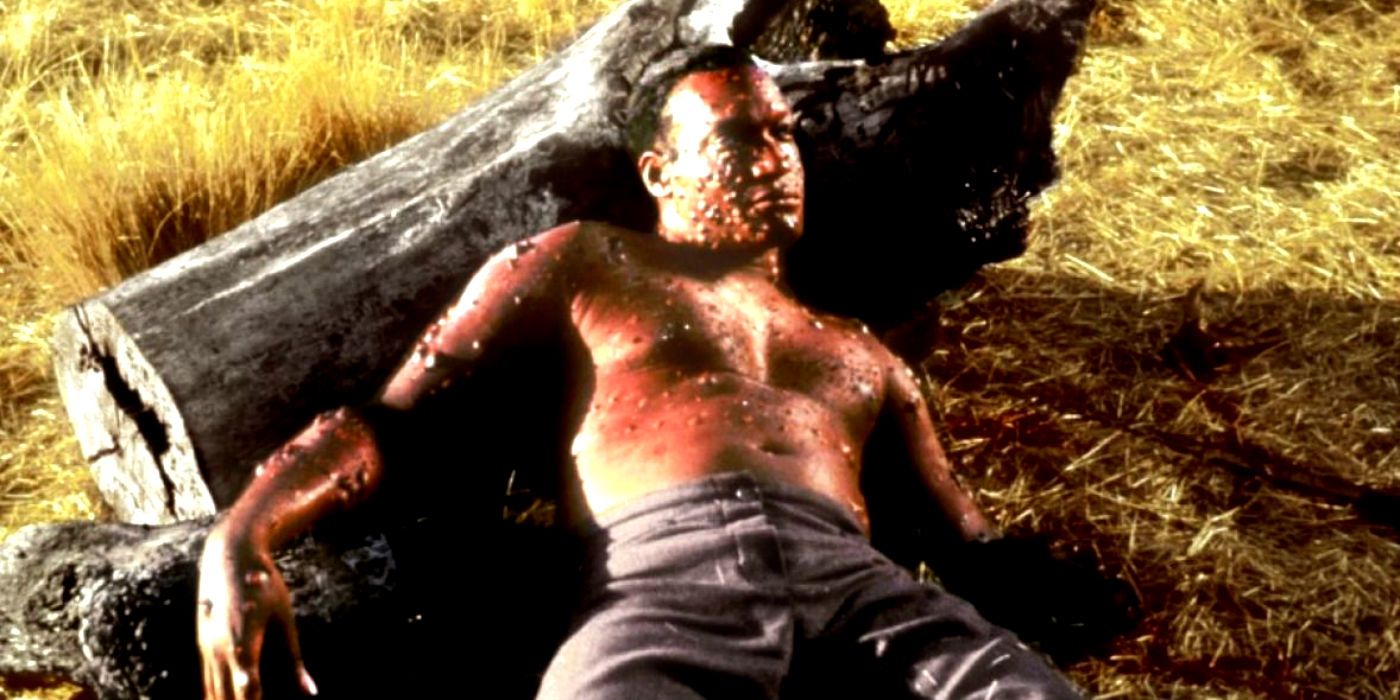Candyman: Farewell to the Flesh was the 1995 sequel to Candyman and is a worthy installment in the franchise despite all its bad reviews.
Three years after Candyman wowed audiences with its haunting tale based on Clive Barker's short story, "The Forbidden", Candyman: Farewell to the Flesh gathered up many who were involved with the original project and tried to expand on their tragic villain's backstory. Director Bernard Rose from the original film pitched an idea that would make the Candyman out to be a Dracula type of classic figure, more of a romantic, educated anti-hero as opposed to being culturally appropriated. According to Virginia Madsen, who played Helen Lyle in the first film, the producers didn't like Rose's idea because they didn't want to make an interracial love story the film's focus.
Jordan Peele, who has built quite the name for himself in the horror community with Us and Get Out, has put his production company behind a "spiritual sequel" to Candyman that will hit theaters in 2020. Many have wondered whether his story will explore more of the route Rose wanted to take, and if it will perhaps show a different side of the Candyman altogether.
Candyman 2 Explained The Candyman's Backstory
Despite producers not being keen on an interracial love story, Candyman: Farewell to the Flesh explored Daniel Robitaille's backstory as the son of a slave who worked on a plantation in New Orleans. Robitaille was an artist who was hired to paint a portrait of Caroline, the daughter of a wealthy white landowner; the two fell in love, had an affair, and Caroline became pregnant with Daniel's child. Because of this, he was lynched and coated in honey, which resulted in his nickname "the Candy Man". He was stung to death by bees and taunted by Caroline's father, who showed him his disfigured face in a mirror, leading to his soul being trapped inside for eternity. The sequel follows Annie (Kelly Rowan), who is a descendent of Daniel and Caroline's child.
Despite getting horrible reviews, the sequel worked for a lot of reasons. First, the first film explored Helen Lyle's obsession with urban legends so much that, at times, the audiences was forced to question whether or not the Candyman was actually real or just a figment of her imagination. This movie eliminates that entirely by making him the centerpiece of the film, exploring the backstory that already existed by giving it legs. The change of scenery from Chicago's Cabrini Green to the romanticized city of New Orleans, which is steeped in lore, tradition, and is practically synonymous with being spooky was welcome; it gave Candyman a reason for existence because people in New Orleans tend to embrace myth and legend wholeheartedly. His powers are derived from people summoning him, so this is a chance for him to really come into his own while seeking retribution for what he lost. The tragic elements surrounding his character are more fully realized here as well, because through Annie, he has a chance at a family even if he is, in essence, cursed. He gets the closure of knowing his legacy carried on, and gets a chance to make his own blood relative believe in him and know their story.
A powerful performance by Tony Todd, who reprised his role of Candyman for the sequel, showcases the importance of knowing one's history and roots. It's about keeping legacy and tradition alive, and that's the centerpiece of most good urban legends; they keep their power by being retold and passed down through generations. While it may still pale in comparison to its predecessor, Candyman: Farewell to the Flesh deserves more acclaim.


